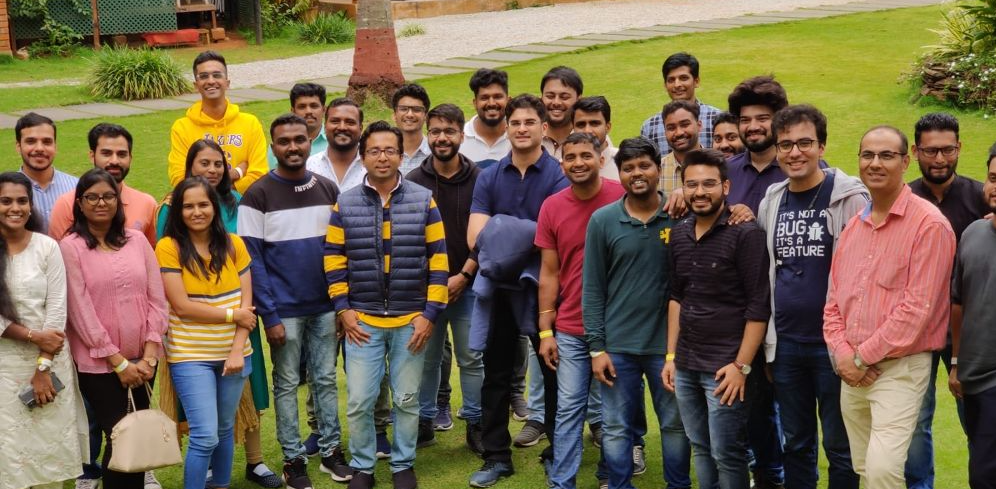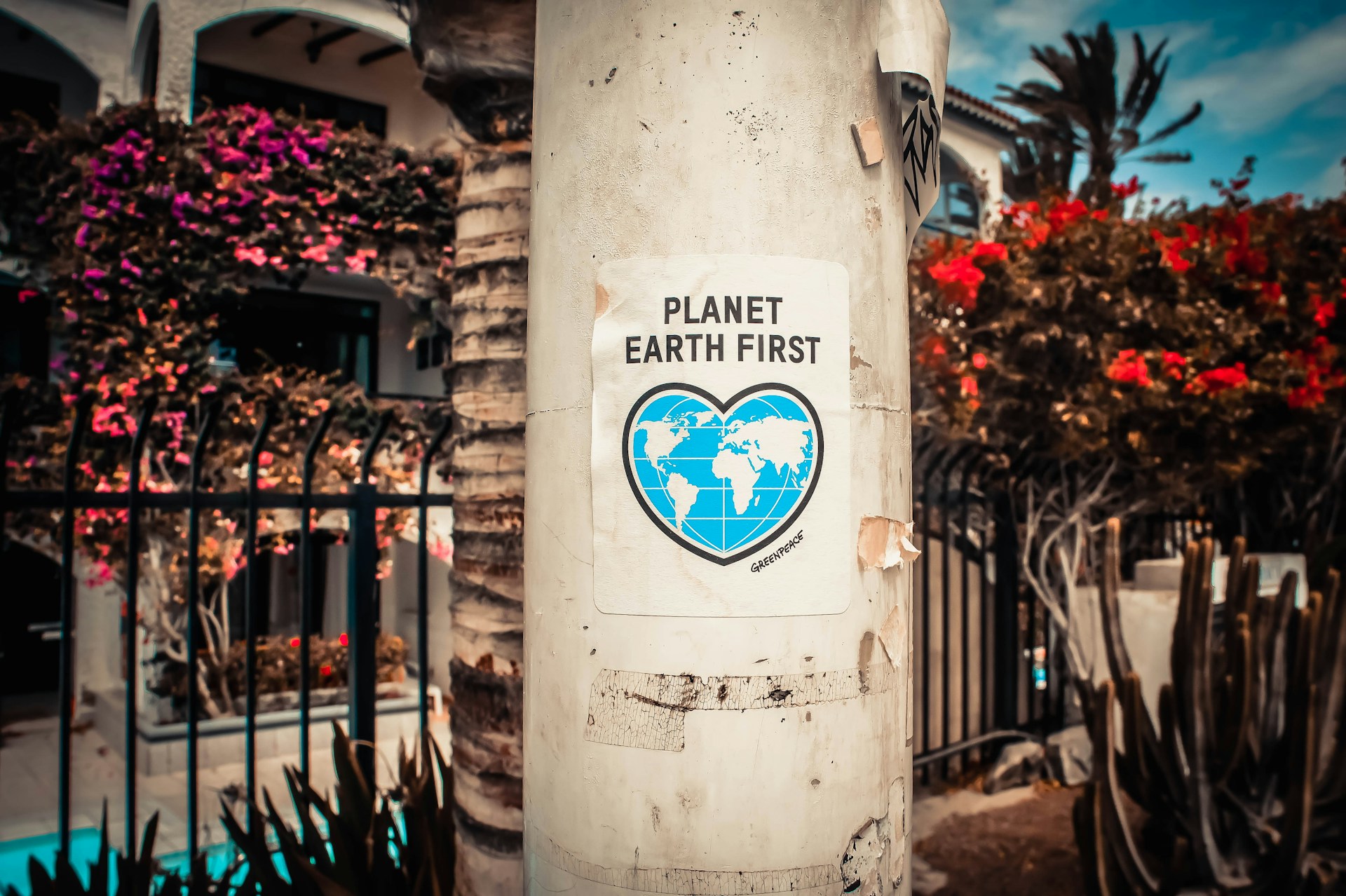Finding a New Humanity Requires New Thinking
Genesis 1:26 reads ‘Then God said’ “Let us make humankind in our image, according to our likeness; and let them have dominion over the fish of the sea, and over the birds of the air, and over the cattle, and over all the wild animals of the earth, and over every creeping thing that creeps upon the earth.”
This small collection of words has essentially defined western man’s ‘relationship’ with nature for 500 years, perhaps more – a meme set deep into our conscious and subconsciousness that would ultimately crystallise in male patriarchy chipping away at the more matrist world of indigenous cultures. Capitalism is a birth child of this belief system.
The word ‘dominion’ looms large amongst them all providing licence to both view and treat nature as subservient and expendable to man’s needs. However, like a sharp knife that cuts rather than a blunt stick that hits, mother nature is increasingly bearing her scars from this patriarchal blade.
In 2019, the climbing of ‘Uluru’, a large sandstone formation in the centre of Australia, was banned the traditional custodians, the Anangu people. Uluru has been sacred to Anangu for tens of thousands of years, and climbing Uluru was not generally permitted under Tjukurpa (Anangu law and culture). Unfortunately, many non-indigenous people took exception to this decision. Those disputing the ban pointed to freedom of access – it’s my rock as much as theirs – it’s just a rock! It appears the whole notion was lost as to why the Anangu people wished to close Uluru, especially to those who rushed to climb it in the closing days and hours before the ban came into effect. This is what Daniel Kahneman would classify as ‘System 1’ thinking – shallow and emotional. If ‘System 2’ thinking was engaged, perhaps a more conscious and unbiased expression of thought and discourse would prevail. Perhaps a conclusion could be reached where one asks “what am I gaining by ‘conquering’ this rock?”; “was my purpose genuine and respectful?”; and “could I have gained a similar appreciation and connection simply by looking and being in its presence?” Since that decision, other sacred indigenous sites within Australia have become victims to the western world’s demand for growth and greed. It’s been a common global story since the advent of the industrial revolution, with the pedal floored after WW2 in what commenced the ‘Great Acceleration’ equating to what can now be coined as the Great Destruction.
Aside from taking the indigenous argument based on respect and spirituality, let me posit a contrarian and evidence-based argument in support of respecting indigenous sacred sites and taking a more comparably ‘western’ view of spirituality.
Nearly every Defence Force base in the world has a parade ground in place where strict rules apply as to how personnel move within and around it. For the Australian Army, a passage on their website reads:
“Within the Australian Army, the Parade Ground holds a symbolic representation of a sanctuary of a unit’s fallen soldiers and in line with this symbolism it is deemed “hallowed ground” and is respected as such”.
Sound familiar?
Other western built monuments or ‘hallowed ground’ such as the Great Pyramid of Giza, Mt Rushmore monument and Westminster Abbey also restrict activities such as climbing, scaling and in some instances the taking of photographs under the guise of security, safety but ultimately respect. In these instances, we seem to apply an ironic and mythical application of un-dominion and over-respect for man-made assets and myths and cast aside the equally if not more sensitive and ancient indigenous monuments.
German sociologist Claudia Von Werlhof intimated that based on our current levels of complexity and spots of chaos emerging in the world right now, most people would not name or even comprehend that patriarchy would be the main source. For Von Werlhof, the emergence of patriarchy coming over the top of matrist based cultures in the last 10,000 years, particularly with the development of pastoral societies, brought a focus of usurping the power of women and the ultimate matriarch, mother nature. Moreover, God’s dominion gave us licence to not only destroy nature at any cost, but seemingly the ability to create our own mythical worlds respecting even more mythical items such as the holy grail and the philosopher’s stone. We’ve been chasing ghosts and ignoring others at the expense of what is not only real, but what provides us our core needs for survival – oxygen, energy, connection and meaning.
Instead of these instances being washed away by vested interest and, moreover, because they’re truths too inconvenient and/or uncomfortable to confront, we need to treat these events not as one that divides us, but opens our minds to discussion, learning and acquiring consciousness. The Anangu people provided us a lesson in that not everything in nature needs conquering or be exploited for wealth, or simply used to improve a view, or ignored as a monument of significance because it wasn’t ‘man-made’. For indigenous cultures worldwide, mother nature is the engineer of engineers, crafting monuments from her toolkit including wind, water, heat, pressure and gravity.
We all suffer and enjoy our own set of belief systems and that we can, to our disservice, forget to appreciate that other cultures and belief systems exist requiring equal levels of respect and recognition. For western societies, this begins by recognising that our patriarchal system, manifesting itself in dominion influenced educational structures, systems and norms, stifles and skews our consciousness away from such a mindset, perhaps from birth if you believe in memetics. Western culture has every right to respect the monuments it’s created – they provide meaning and lessons for generations and it’s part of our sharing journey with other cultures and their belief systems, but it’s the ‘middle road’ to others where western culture has failed. An alternate Australian example, of perhaps getting it right, is symbolised by probably one of the world’s most recognised man-made structures – the Sydney Opera House. The Sydney Opera House is built on an area called Bennelong Point. This area has significant meaning to the local Eora nation and to them it’s called Tubowghule. Before colonisation, the area was strewn with seashells in what was obviously a tribal gathering point for eating oysters and other shell fish. When the competition was open to the world to design Australia’s new opera house, the winner, Dutch architect Jorn Utzon, did his sensemaking of the area’s history and designed a structure that would essentially take the form of… seashells! So, from what was the area’s initial purpose and history, discarded and turned into a cattle farm and a lime making industry by colonisation, it took a Dutch architect to put the seashells back onto Tubowghule.
Fundamentally, our evolving lens on what is sacred is a lesson in respect for those who too have not been respected by being denied the knowledge and consciousness they deserve. In an increasingly entangled and uncertain world tripping from one crises to another, the essential move towards a more matrist, conscious and settled world will be uncomfortable for believers of the western patriarchal system; the whole notion of education and norm setting will need redefining as a minimum. But like a muscle that requires work to become stronger, healthier and capable, no learning is ever acquired without getting out of your own zone of influence first. As Eleanor Roosevelt once said:
“You must do the things you cannot do”.




